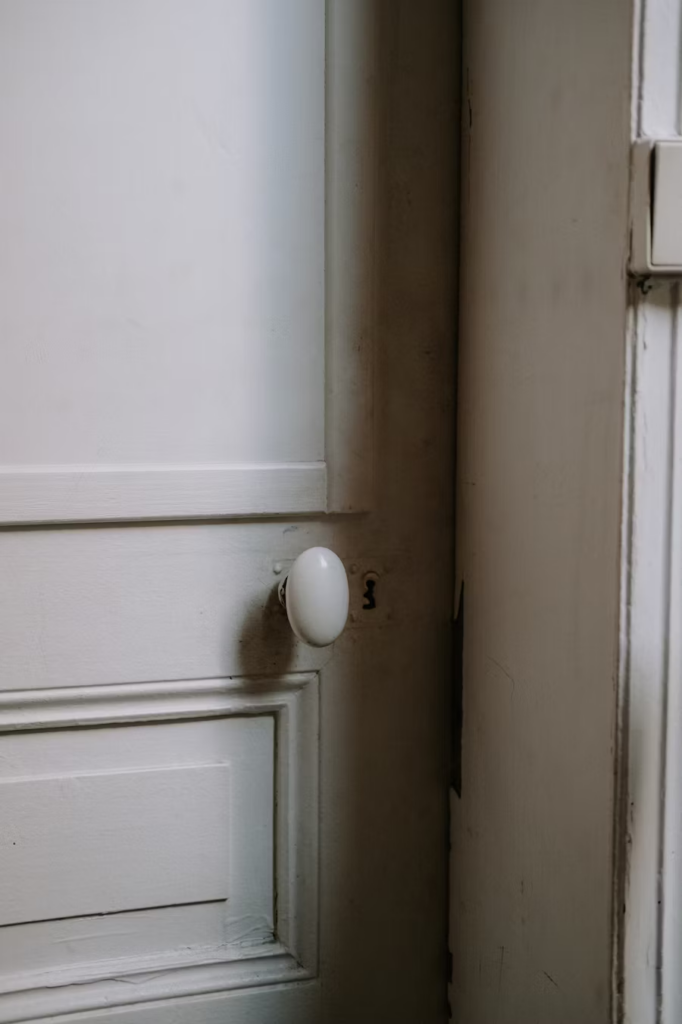Plumbing problems can arise unexpectedly, leaving homeowners frustrated and sometimes clueless about the next steps to take. Whether you’ve just bought a house or have been living in one for years, staying on top of plumbing issues is essential to avoid costly repairs down the road. Catching common plumbing problems early can help you save money and prevent further damage to your home.
This article covers the top five most common plumbing issues that homeowners face. By understanding these problems and knowing what to look for, you can identify potential plumbing issues early on and decide whether it’s a DIY fix or time to call a handyman.
- 1. Leaky Faucets
- 2. Slow Draining Sink or Bathtub
- 3. Clogged Toilets
- 4. Low Water Pressure
- 5. Water Heater Problems
1. Leaky Faucets
A leaky faucet is one of the most common plumbing problems in many homes. At the same time, it may seem like a minor inconvenience, but a leaky faucet can waste a significant amount of water over time. The constant dripping sound can also be annoying, disrupting your peace and quiet. A leaky faucet is usually caused by a worn-out washer or O-ring, which seals the valve tightly when the faucet is turned off. If these parts wear out or become damaged, they can cause water to leak from the faucet.
What to Look For:
- Constant dripping from the faucet, even when turned off.
- A hissing or spraying sound coming from the faucet.
- Moisture buildup around the base of the faucet.
- Water stains or discoloration on surrounding surfaces.
How to Fix It: You can replace the worn-out washers or O-rings for simple leaky faucets. Do turn off the water supply to the faucet, disassemble it, and replace the damaged parts with new ones. If the problem persists after replacing the washers, the valve seat or faucet cartridge might need replacing. For complex faucet issues, it’s best to call a handyman to address the problem correctly.
2. Slow Draining Sink or Bathtub
A slow-draining sink or bathtub is another common plumbing issue that can become frustrating. Over time, soap, hair, grease, and food particles can accumulate in the pipes, causing a blockage or restricting the water flow. When you notice the water in your sink or bathtub draining slowly, addressing the problem quickly is important before it leads to a complete clog.
What to Look For:
- Water takes longer than usual to drain from the sink or bathtub.
- Standing water or pooling water in the sink or bathtub.
- Foul smells are coming from the drain.
- Gurgling sounds when water drains.
How to Fix It: For minor clogs, you can try DIY methods like using a plunger or a mixture of baking soda and vinegar to break down the buildup. If the clog is deeper in the pipes, you may need to use a plumber’s snake or drain auger to clear the blockage. For more serious blockages or repeated drainage issues, it’s recommended to call a professional handyman to assess and clear the drain properly.

3. Clogged Toilets
A clogged toilet is one of the most common plumbing problems, and it can lead to significant inconvenience if not addressed promptly. Toilets can become clogged when too much toilet paper, foreign objects, or non-flushable items are flushed down the drain. A clog in the toilet can cause it to overflow, leading to potential water damage in the bathroom.
What to Look For:
- Toilet water rising too high when flushed.
- The water level in the toilet bowl remains low.
- The toilet is not flushing properly.
- Gurgling noises coming from the toilet or pipes.
How to Fix It: For a simple toilet clog, you can use a plunger to clear the blockage. Ensure the plunger creates a good seal around the drain before pushing and pulling. If that doesn’t work, a toilet auger (a specialized plumbing tool) can break up the clog further down the drain. If the problem persists or you experience frequent clogs, it may indicate a more serious underlying issue, such as a blocked sewer line. In that case, it’s best to call a handyman for a more thorough inspection and repair.
4. Low Water Pressure
Low water pressure is a common plumbing problem affecting daily tasks such as showering, washing dishes, and laundry. Low water pressure can result from clogged pipes, a faulty regulator, or municipal water supply issues. It can also occur due to pipe corrosion, mineral buildup, or leaks in the plumbing system.
What to Look For:
- Water coming out of faucets or showerheads slowly.
- Reduced flow from multiple faucets or showers.
- Poor water pressure when flushing the toilet.
- Visible leaks or moisture near pipes.
How to Fix It: To address low water pressure, clean aerators and showerheads to remove mineral buildup. If the issue persists, it may indicate a more significant problem, such as clogged or corroded pipes. A professional handyman can assess the plumbing system and determine if a blockage, a faulty water pressure regulator, or a leak needs repair.
5. Water Heater Problems
A malfunctioning water heater is one of the most inconvenient plumbing issues, especially during cold weather or when you need hot water for daily tasks like showering and washing dishes. Common water heater issues include inconsistent temperatures, hot water, or even leaking from the unit. These issues can arise due to a faulty thermostat, sediment buildup, or a failing heating element.
What to Look For:
- Water temperature fluctuates between hot and cold.
- No hot water coming out of the taps or shower.
- Strange noises from the water heater (such as popping or rumbling).
- Water pooling around the base of the water heater.
How to Fix It: To fix a water heater, you may need to flush the tank to remove sediment buildup, replace the heating element, or adjust the thermostat. However, water heaters are complex appliances, and it’s often best to call a professional plumber to assess and repair the unit. Ignoring water heater problems can lead to further damage and reduced efficiency, resulting in higher energy bills.
Final Thoughts
As a homeowner, understanding and spotting common plumbing issues early can help you avoid costly repairs and ensure your home’s plumbing system remains functional.
While DIY solutions can handle minor issues, don’t hesitate to call a professional handyman or plumber when you encounter more significant plumbing problems. A licensed professional can diagnose the issue, perform repairs safely, and provide peace of mind.
Taking care of your plumbing system is crucial in preserving the comfort and value of your home. Regularly checking for plumbing issues and acting promptly will save time and money and avoid unnecessary stress.















You must be logged in to post a comment.